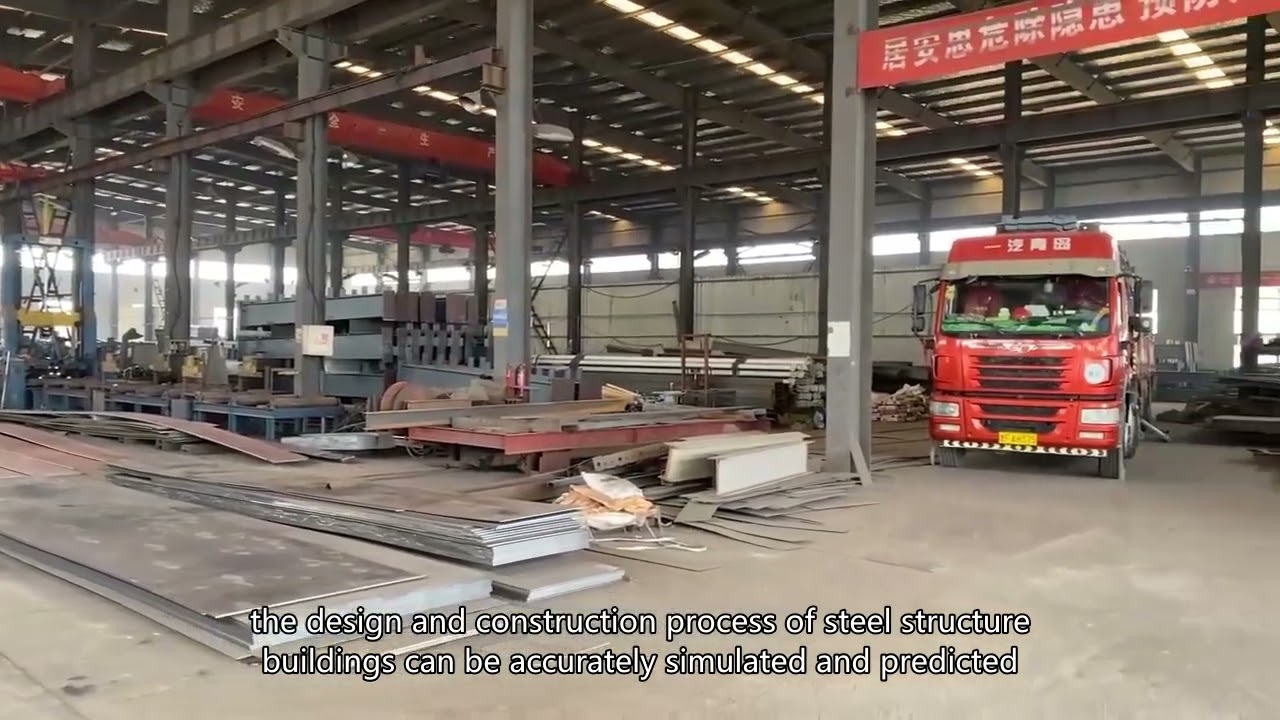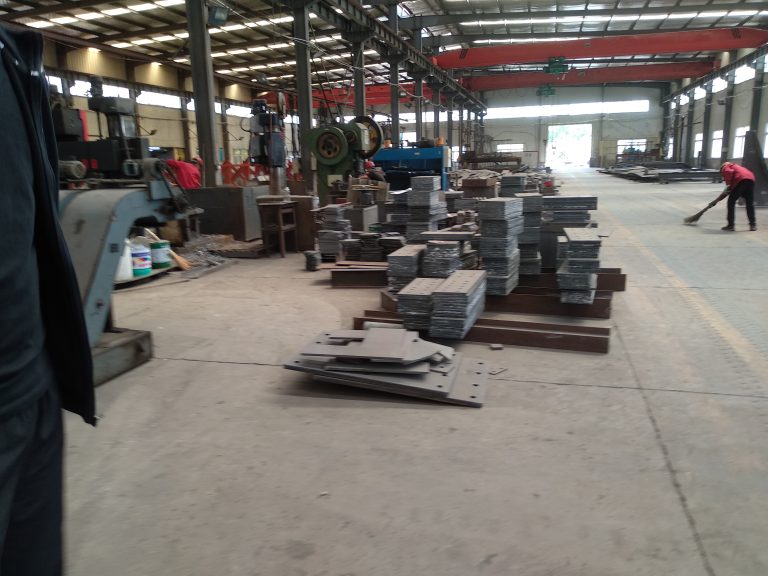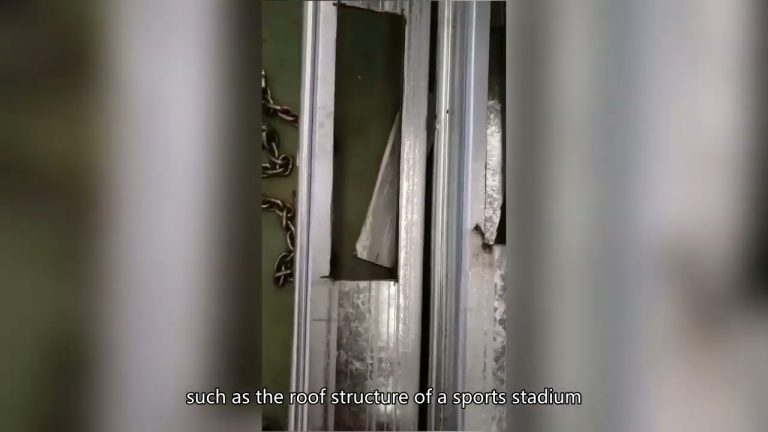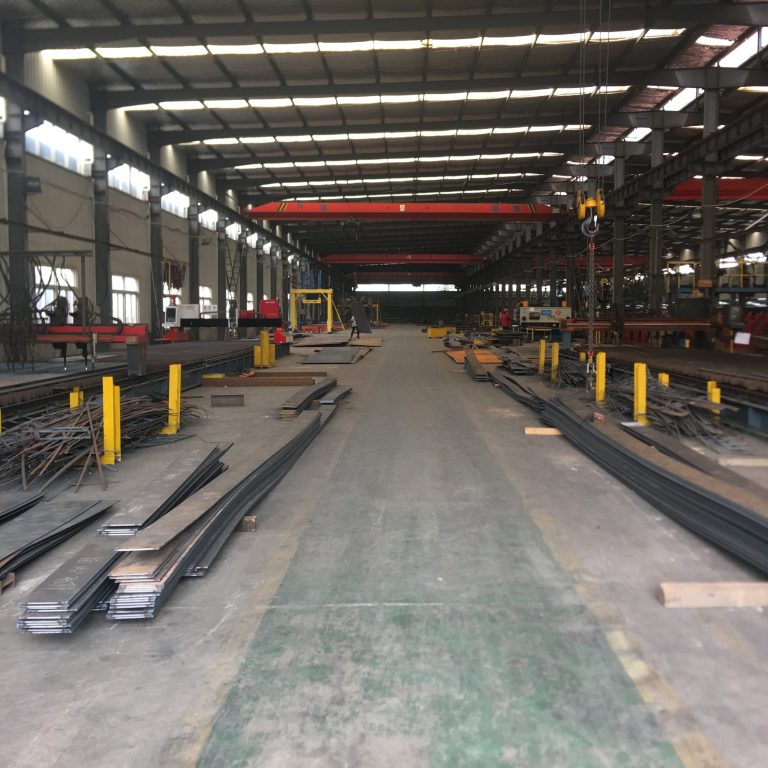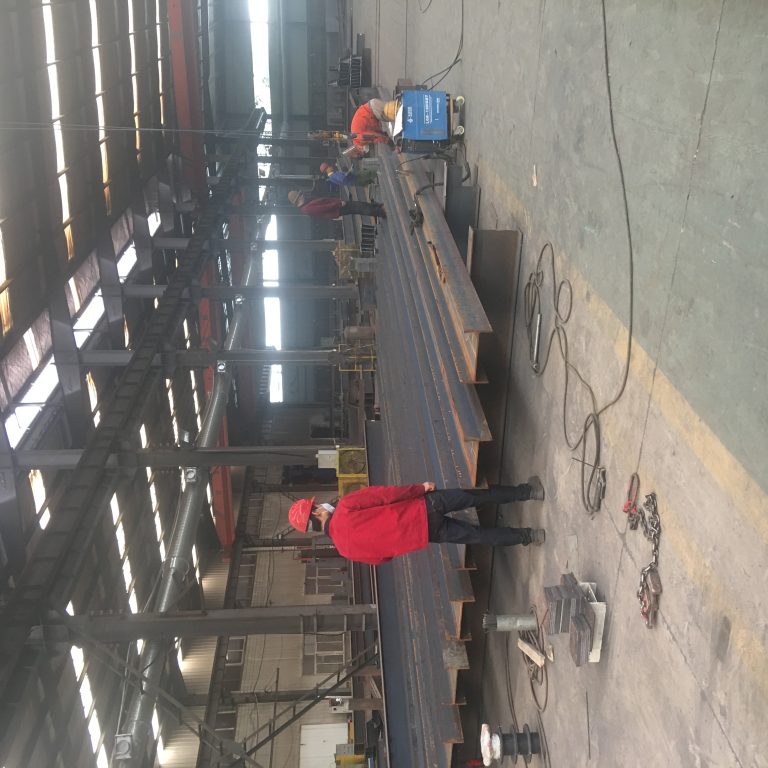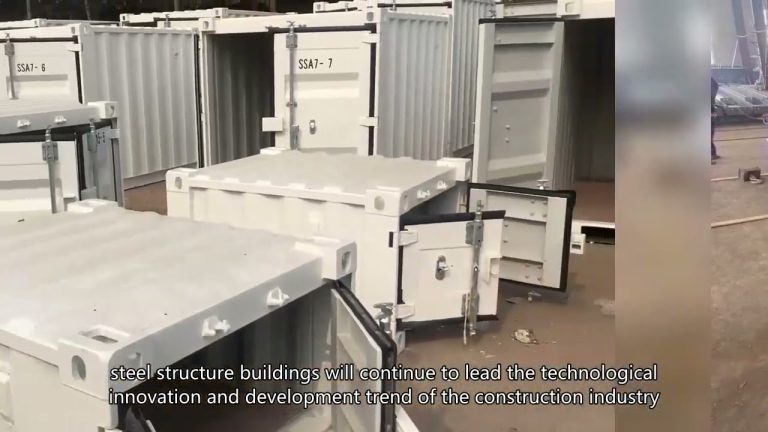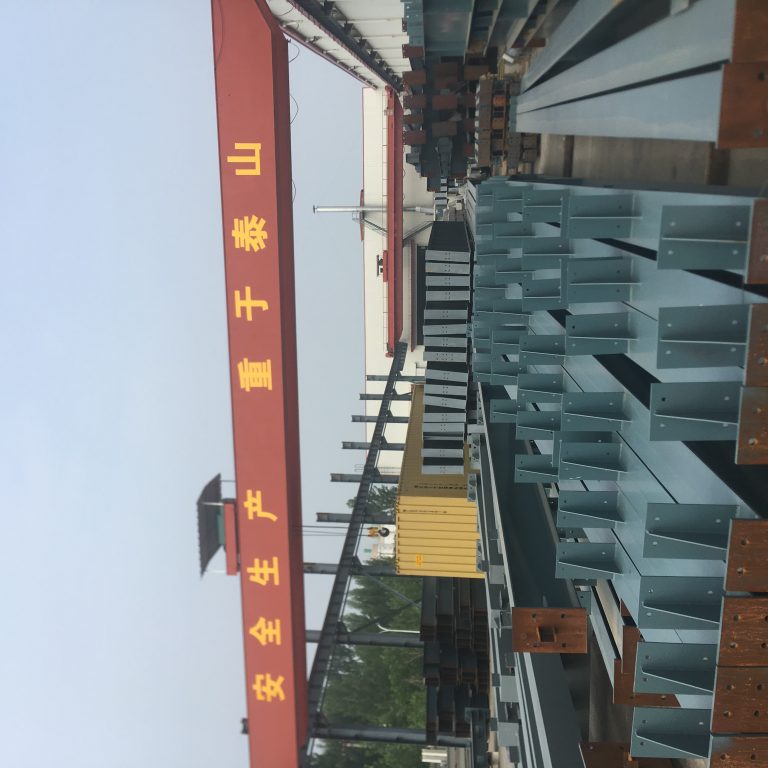Positioning and contribution of steel structure in green building evaluation system
Table of Contents
Benefits of Steel Structures in Green Building Evaluation Systems
Green building evaluation systems have become increasingly important in the construction industry as a way to assess the environmental performance of buildings. These systems take into account various factors such as energy efficiency, water conservation, and materials used in construction. One key component of green building evaluation systems is the use of steel structures, which play a crucial role in achieving sustainability goals.
Steel structures offer a number of benefits that make them an ideal choice for green building projects. One of the main advantages of steel is its high strength-to-weight ratio, which allows for the construction of lighter and more efficient buildings. This not only reduces the amount of material needed for construction but also minimizes the environmental impact of the building process.
In addition to its strength, steel is also a highly durable material that can withstand harsh environmental conditions. This longevity means that steel structures have a longer lifespan than many other building materials, reducing the need for frequent maintenance and repairs. This not only saves money in the long run but also reduces the amount of waste generated by the building over its lifetime.
Another key benefit of steel structures in green building evaluation systems is their recyclability. Steel is one of the most recycled materials in the world, with a recycling rate of over 90%. This means that steel structures can be easily dismantled and reused at the end of their life, reducing the demand for new materials and minimizing the environmental impact of construction.
Steel structures also offer flexibility in design, allowing for innovative and sustainable building solutions. Steel can be easily prefabricated off-site, reducing construction time and minimizing waste on the job site. This off-site fabrication also allows for greater precision in construction, resulting in buildings that are more energy-efficient and airtight.
Furthermore, steel structures are highly resistant to fire, pests, and mold, making them a safe and healthy choice for green buildings. Steel does not off-gas harmful chemicals or emit volatile organic compounds, improving indoor air quality and creating a healthier living environment for occupants.
Overall, the positioning and contribution of steel structures in green building evaluation systems are significant. Steel offers a range of benefits that align with the sustainability goals of these systems, including energy efficiency, durability, recyclability, and design flexibility. By incorporating steel structures into green building projects, developers can create buildings that are not only environmentally friendly but also cost-effective and long-lasting.
In conclusion, steel structures play a crucial role in green building evaluation systems by offering a sustainable and efficient building solution. Their strength, durability, recyclability, and design flexibility make them an ideal choice for developers looking to achieve sustainability goals. By choosing steel structures, developers can create buildings that are not only environmentally friendly but also safe, healthy, and cost-effective.
Importance of Proper Positioning of Steel Structures in Green Building Design
Green building design has become increasingly important in the construction industry as the world grapples with the challenges of climate change and environmental degradation. One key aspect of green building design is the use of sustainable materials, such as steel, which can significantly reduce the environmental impact of a building. Steel structures are not only durable and cost-effective but also have a high strength-to-weight ratio, making them an ideal choice for green building projects.
When it comes to green building evaluation systems, the positioning of steel structures plays a crucial role in determining the overall sustainability of a building. Proper positioning of steel structures can help maximize energy efficiency, reduce carbon emissions, and minimize the environmental footprint of a building. By understanding the importance of proper positioning of steel structures in green building design, architects and engineers can create more sustainable and environmentally friendly buildings.
One of the key benefits of using steel structures in green building design is their ability to support renewable energy systems, such as solar panels and wind turbines. By strategically positioning steel structures to accommodate these systems, architects and engineers can harness the power of renewable energy sources to reduce the building’s reliance on fossil fuels and lower its carbon footprint. This not only helps to reduce the building’s environmental impact but also lowers its operating costs over time.
In addition to supporting renewable energy systems, steel structures can also help improve the overall energy efficiency of a building. By using steel framing and insulation materials, architects and engineers can create a more airtight building envelope that minimizes heat loss and reduces the need for heating and cooling. This can lead to significant energy savings and lower greenhouse gas emissions, making the building more environmentally friendly and sustainable in the long run.
Furthermore, the use of steel structures in green building design can also help reduce construction waste and promote recycling. Steel is a highly recyclable material, with a recycling rate of over 90%, making it an environmentally friendly choice for sustainable construction projects. By using steel structures in green building design, architects and engineers can help minimize the amount of construction waste that ends up in landfills and promote a more circular economy that prioritizes resource efficiency and sustainability.
Another important aspect of proper positioning of steel structures in green building design is their impact on indoor air quality. Steel structures are non-toxic and do not emit harmful chemicals or volatile organic compounds (VOCs) into the indoor environment, unlike some traditional building materials. By using steel structures in green building design, architects and engineers can create healthier indoor spaces that promote occupant well-being and productivity.
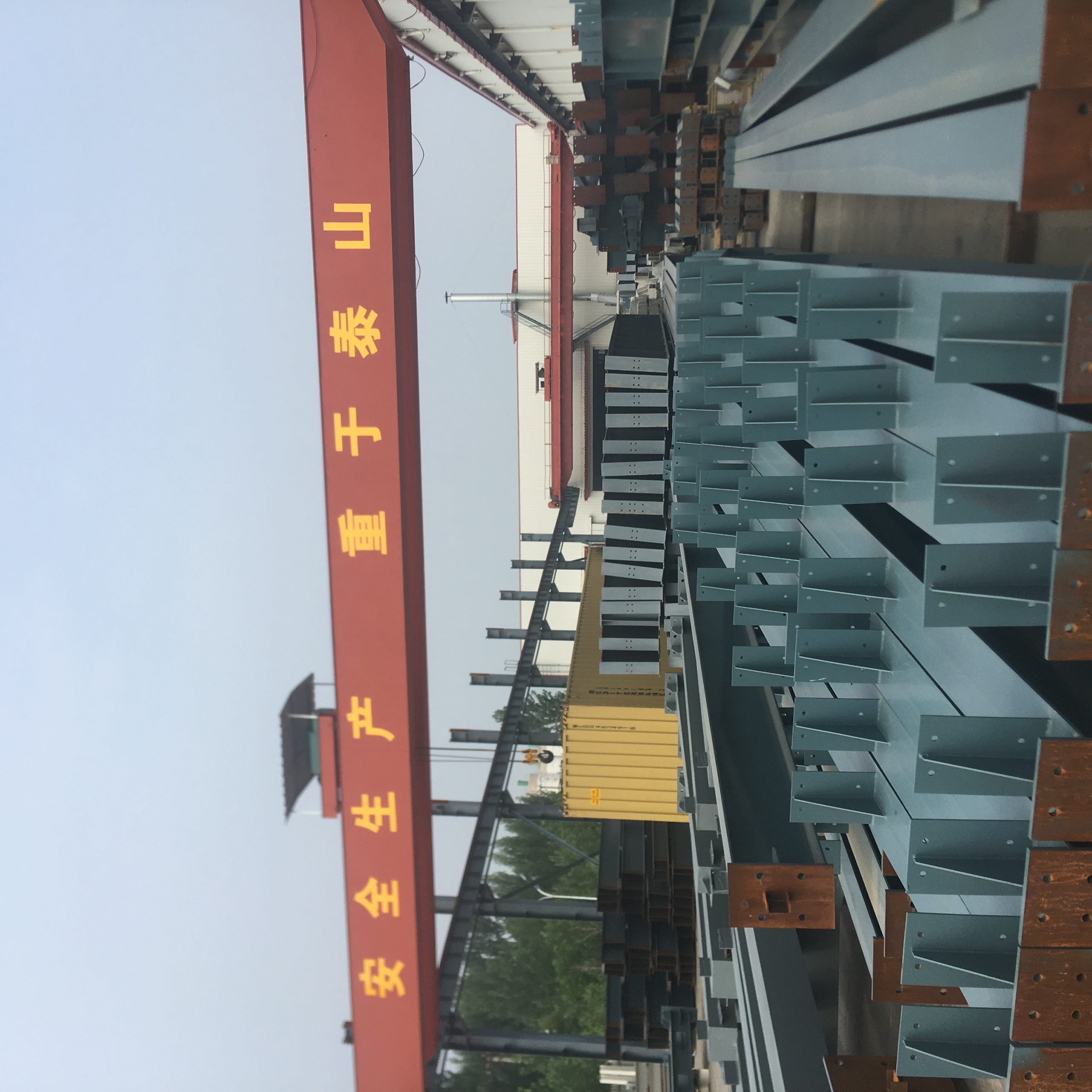
In conclusion, the positioning of steel structures plays a critical role in the overall sustainability and environmental performance of a building. By understanding the importance of proper positioning of steel structures in green building design, architects and engineers can create more sustainable, energy-efficient, and environmentally friendly buildings that benefit both the planet and its inhabitants. Steel structures are a versatile and sustainable building material that can help shape the future of green building design and construction.

